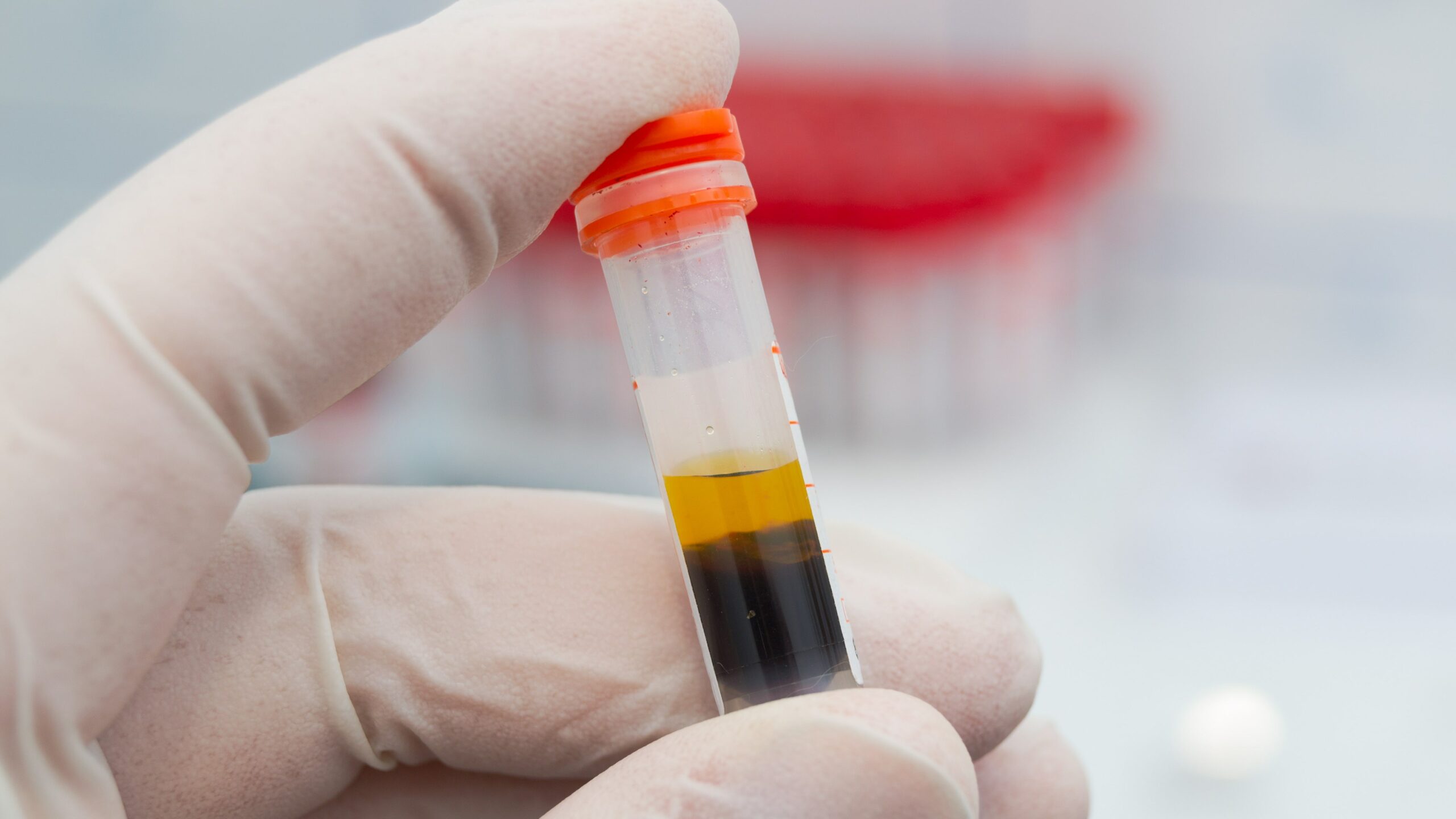
Researchers at the First Affiliated Hospital of Chengdu Medical College, Chengdu, China, led by Wantai Dang and Ling Zhao, reported results of a correlation influence factor analysis of serum uric acid levels in patients with gout. Examination costs and related complications were also examined.
The analysis included data on 17,666 patients with gout identified from January 2017 to December 2021. Patients were stratified into four quartiles based on serum uric acid levels. Spearman and Mantel-Haenszel X2 tests were used to analyze the correlation between serum uric acid and examination fees and complications, and binary logistic regression analysis was used to examine the correlation influence factor between serum uric acid levels and complications.
Of the 17,666 patients, 85.46% were male. A total of 7637 (43.23%) were inpatients and 10,029 (56.77%) were outpatients. Compared with the outpatient group, the inpatient group were significantly older, and had higher serum uric acid levels and examination fees (P<.05). There were also more complications among the inpatients.
Results of correlation analysis demonstrated positive correlations between outpatients and serum uric acid levels and examination fees, cardiovascular disease, pulmonary disease, liver disease, and kidney disease (P<.01). In binary logistic regression analysis serum uric acid level was an independent influence factor for cardiovascular disease, pulmonary disease, liver disease, and kidney disease.
“As serum uric acid levels increased, examination fees, cardiovascular disease, pulmonary disease, liver disease, and kidney disease complications increased,” the researchers said. “Serum uric acid is an independent influence factor for the combination of gout with cardiovascular diseases, pulmonary diseases, liver diseases, and kidney diseases.”
Source: International Journal of Rheumatic Diseases







 © 2025 Mashup Media, LLC, a Formedics Property. All Rights Reserved.
© 2025 Mashup Media, LLC, a Formedics Property. All Rights Reserved.